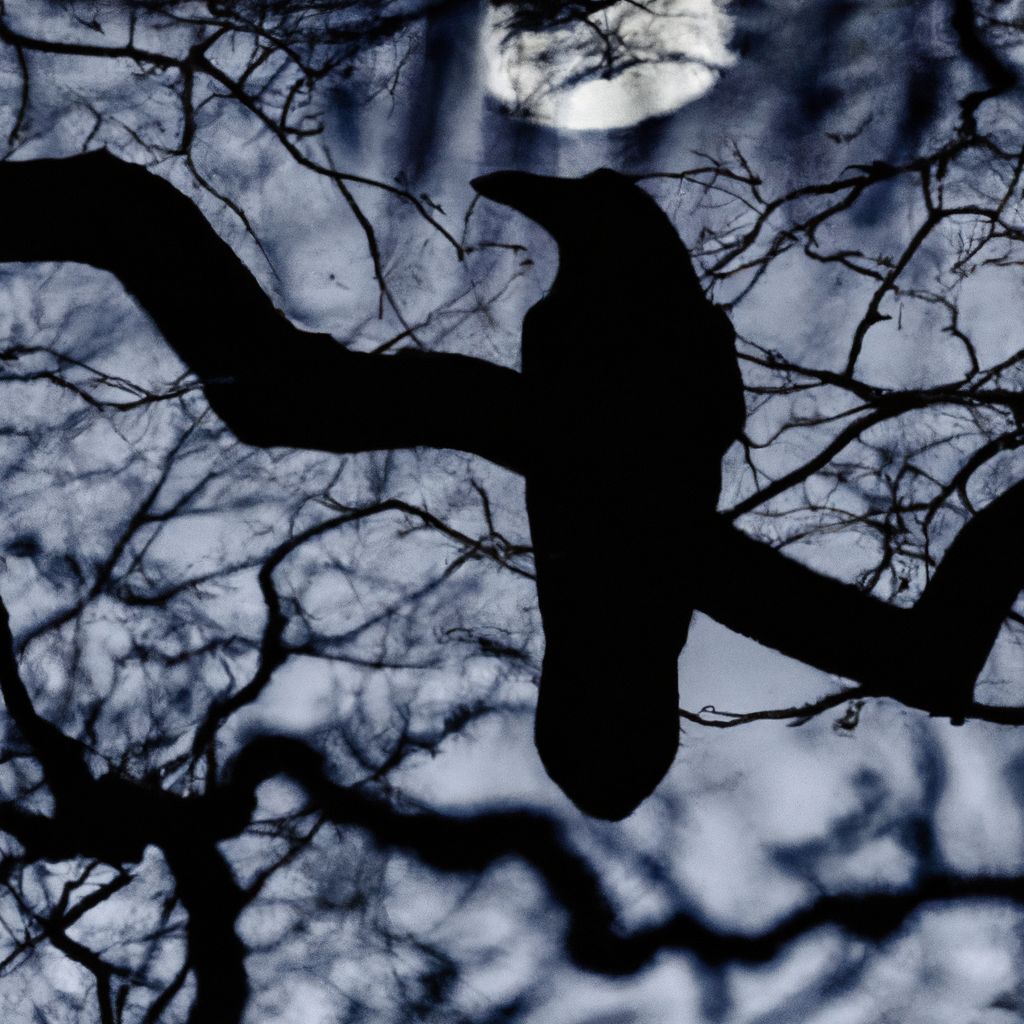The Role of Imagery in Poetry
Key Takeaway: Imagery in poetry refers to the use of vivid and descriptive language to create mental images and evoke emotions in the reader. It plays a crucial role in enriching the reading experience and engaging the senses. There are various types of imagery in poetry, including visual imagery (appealing to sight), auditory imagery (appealing […]
The Role of Imagery in Poetry Read More »
















































